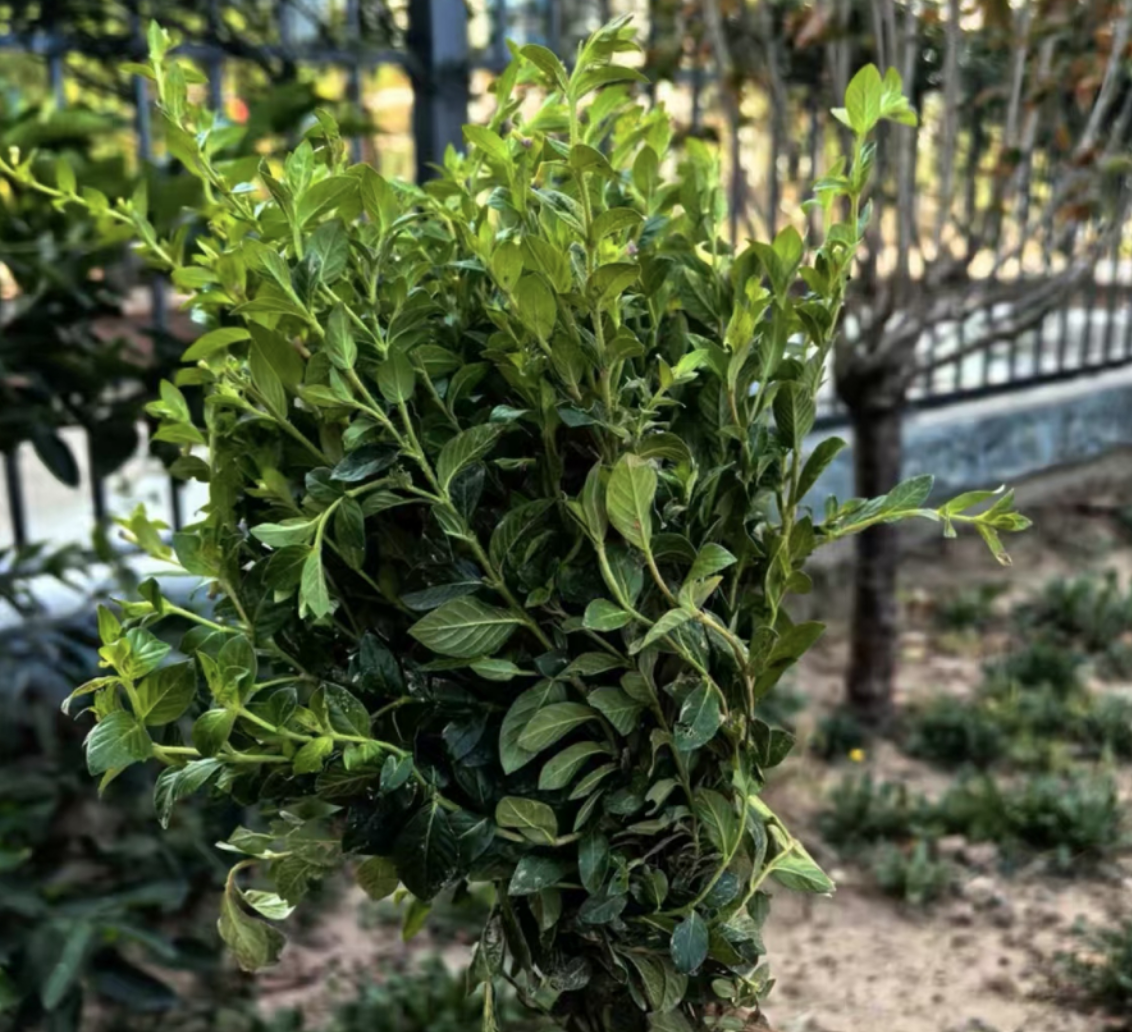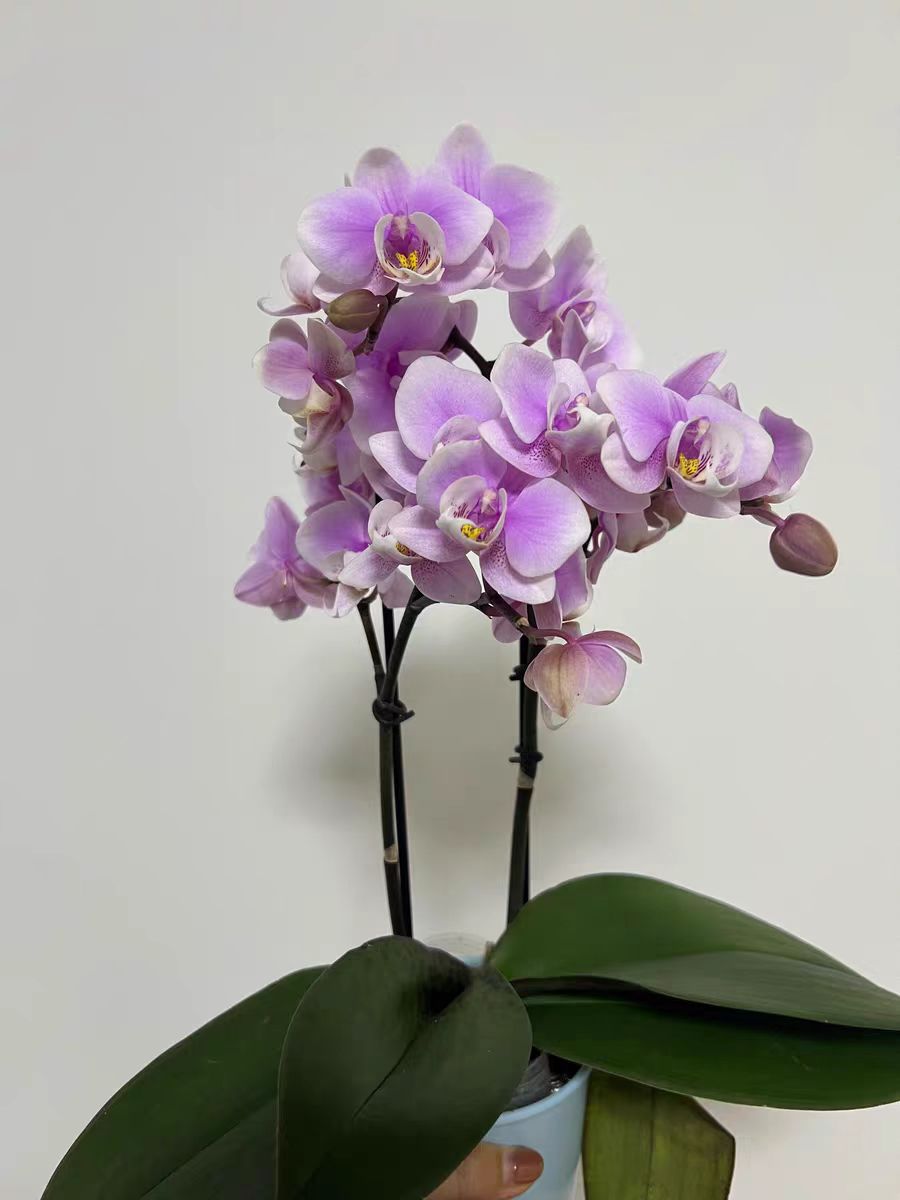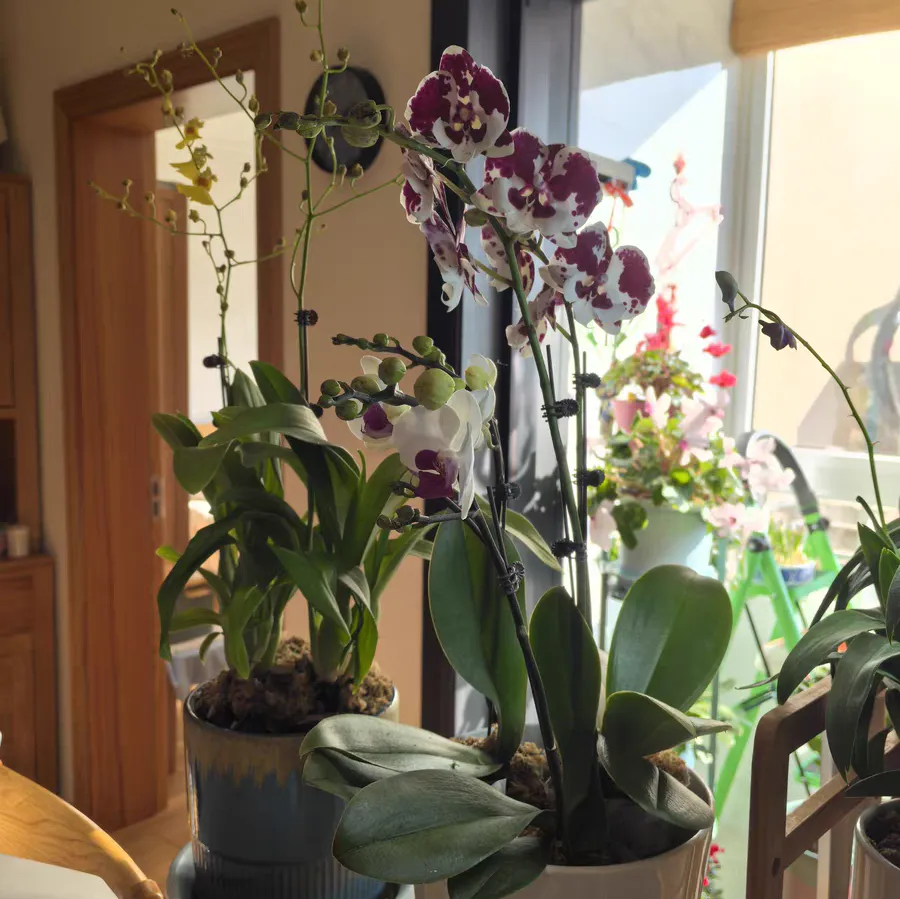In this vast and wonderful world, there is no lack of strange things, and this is especially true in the world of flowers. Especially for plants that belong to the same genus, their appearances are often indistinguishable. Among them, the seedlings of Vaccaria hispanica and Gypsophila always make people confused. So, what are the key points to accurately distinguish the seedlings of Vaccaria hispanica and Gypsophila?
Growth Habits
Although both Vaccaria hispanica and Gypsophila are plants of the Caryophyllaceae family, if you observe carefully, there are differences in their growth habits during the seedling stage. Firstly, as a relatively drought-tolerant plant, Vaccaria hispanica doesn't have high requirements for the environment and mostly grows on slopes or in wheat fields. In contrast, the seedlings of Gypsophila require more attention in care. They are very particular about soil humidity and like environments with sufficient sunlight and high humidity. If the soil is too dry, it will be very difficult for them to survive. At the same time, if the temperature of the growth environment is too high, it is also very likely to cause the seedlings of Gypsophila to grow spindly without flowering.
Appearance
In terms of appearance, the leaves of Vaccaria hispanica seedlings are oval-conical, with an acute tip, and will slightly enlarge later, with a size of about 9 centimeters in length. The overall plant height is between 30cm and 70cm. On the other hand, the leaves of Gypsophila seedlings are relatively narrow and slender, also with a sharp tip, with a size of about 7 centimeters in length. The overall plant height is between 30cm and 80cm, and the overall shape looks more slender. In terms of flower shape, the petals of Gypsophila are smaller, but the number of flowers is large, presenting a compact flower form. While the petals of Vaccaria hispanica are larger, and the number of flowers is obviously much less than that of Gypsophila.
Reproduction Methods
Gypsophila is relatively delicate in cultivation, so its reproduction method mostly adopts the method of cuttage and seedling raising for reproduction. While Vaccaria hispanica is relatively hardy and has a strong adaptability to the environment, and its reproduction method mostly adopts the method of sowing for reproduction.
Based on the above characteristics, although the seedlings of Gypsophila are quite similar to those of Vaccaria hispanica, they can still be distinguished by leaf shape, size, growth habits, etc.
Comparison between the seedlings of Gypsophila and Vaccaria hispanica

Share with
Tagged in :




Leave a Reply